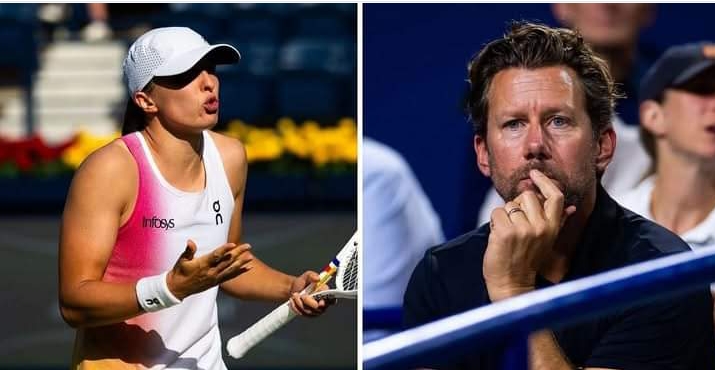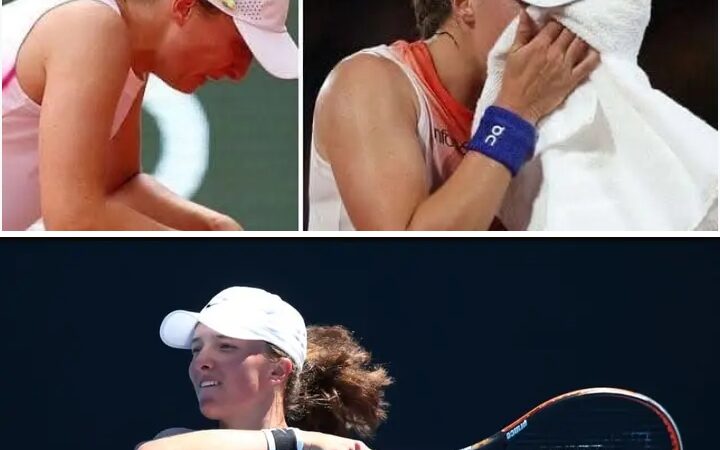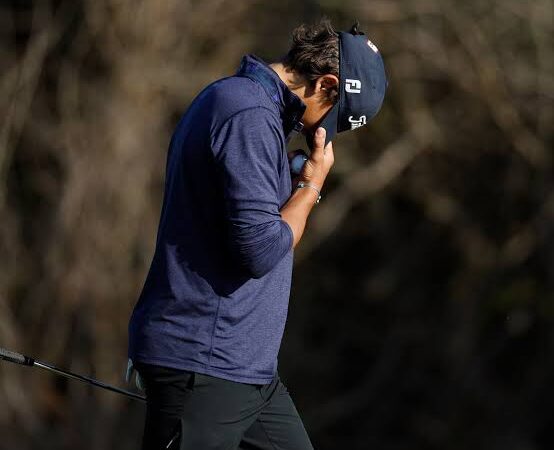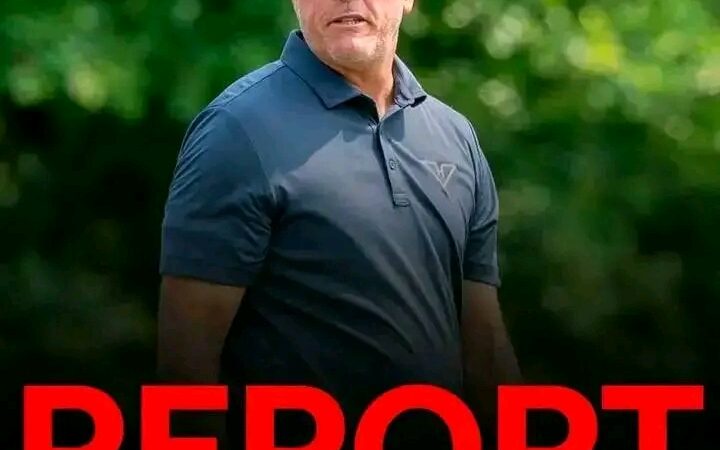The Vikings’ decision to sell or keep the majority of their stars in the trade market as the trade deadline draws near.
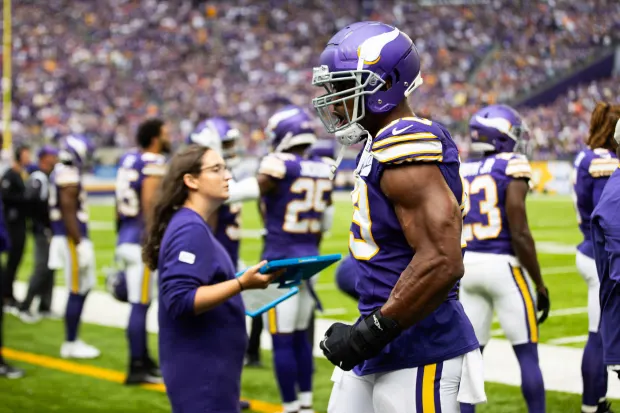
Whether the Vikings decide to trade star Danielle Hunter could be decided during the next two weeks.
The Minnesota Vikings could have a tough choice to make regarding whether to move on from important players in the trade market or not if they defeat the Chicago Bears on Sunday.
The NFL trade deadline is in two weeks.
The Vikings’ chances of making the playoffs increased to 15 points8 percent based on DVOA metrics, regardless of how unimpressive the outcome.
With a plethora of mediocre teams fighting for wild card playoff spots, including Los Angeles, Atlanta, Tampa Bay, New Orleans, Washington, and Green Bay, even splitting the next two games will keep them alive going into the second half of the season.
The problem is that Danielle Hunter, who offers them the best chance to turn the season around defensively, is also the most valuable trade asset.
With two sacks, four QB pressures, and a hit that resulted in the ball popping up in the air and landing in linebacker Jordan Hicks’ hands for a crucial turnover, Hunter caused havoc for the Chicago quarterbacks against the Bears. By Sunday’s end of the day, Hunter was in first place. 1 in the National Football League with eight sacks. Oh, and he led the team with his five run stops.
Head coach Kevin O’Connell stated, “I thought yesterday Danielle showed up even much more so than his two sacks.”.
He was quite physical, explosive, and active on the edge.
Whether we’re just rushing four, trying to get him in a one-on-one, or applying pressure, Danielle is a vital component of our defense.
Additionally, he plays a crucial role in [Defensive Coordinator Brian Flores’] game plan every game, no matter where he is in the pressure, what gap he is hitting, or moving him around the front.
His return has been crucial, in my opinion, and we are incredibly lucky to have him there.
“.
Indeed, fortunate.
In terms of applying pressure to the quarterback from the defensive line, the Vikings are reduced to a one-man show when you combine Hunter’s success with the injury to fellow edge rusher Marcus Davenport, who is anticipated to miss at least a month, according to NFL Network’s Ian Rapoport.
Patrick Jones is ranked 105th and DJ Wonnum is ranked 99th out of 112 rushers in PFF’s pass rush win rate percentage. Harrison Phillips, who comes in at number 92 out of 123, is the highest-ranked interior.
Safety Josh Metellus, who has ten pressures, and Ivan Pace Jr. are two more blitzers that defensive coordinator Brian Flores has relied on to generate pressure. the Vikings would drop from eighth in the league in sacks to 28th if Hunter’s output were removed from the mix, where they currently rank eighth.
Blitzes lose some of their potency when the team’s best sack artist isn’t there towring havoc on the offensive line alone.
To put it plainly: If the Vikings trade for Hunter, they most likely won’t make the playoffs.
We’ve already seen that movie in 2020 and 2021 when he was injured and missed time.
Could O’Connell and ownership support Hunter leaving the team if the Vikings finish 3-5 before the deadline in order to improve the long-term strategy, or would they prefer to push for the postseason with him on the D-line?
While Jordan Hicks and KJ Osborn, two players who will be free agents in 2020, might be of use to a team in need of depth, the prices at the deadline last year indicate that only players who can compete for a Pro Bowl will be able to return with draft capital that could impact the future.
Prominent defensive back Roquan Smith was selected in the second and fifth rounds by Baltimore, edge rusher Bradley Chubb was selected in the first and fourth rounds by Miami, and TJ Hockenson was selected in the second and third rounds by Minnesota.
A performance like Hunter’s could have an effect on the 2024 draft, as the Vikings might need to trade up for a quarterback.
With no contract in place past this season, Kirk Cousins is free to choose from among the many predicted first-round picks as part of the team’s “competitive rebuild.”.
The roster still needs work, even if a quarterback isn’t acquired with a trade up that costs a hefty pick.
It would be logical for them to search for two edge rushers, a linebacker, support in the secondary, and interior offensive line personnel during the upcoming offseason.
Whether they select a quarterback in the first round or not, those positions still need to be filled going forward.
All other picks would be bonuses to cover those spots if they decide to take a quarterback.
Hunter’s production may warrant the team trying to sign him to an extension after the season as opposed to trading him for draft picks, but it doesn’t appear likely that he will be willing to sign or that they think taking a chance on his potential future output is a smart move after years of kicking the can down the road with his contract.
It’s a challenging role for a squad going through change.
Some evidence suggests the Vikings are stronger than their record: Aaron Schatz, the creator of DVOA, tweeted that through six weeks of the previous season, their team was comparable to the 5-1 squad.
With Justin Jefferson back, it’s not out of the question that the always inconsistent Cousins will find his game and lead the Vikings back into the lead with a string of victories in November.
Even if we set aside the narrative surrounding Jefferson’s potential contract, trading Hunter at 3-5 might have felt to the owners and head coach like giving up on the season when there was still more than half the season left and, with the defense finally clicking, the best football was possibly still to come.
The DVOA statistics, which indicate that they have an 84 percent chance of failing to make the comeback, would support the trade option, but the team’s desire to make the playoffs again, their upcoming schedule, and their faith in Hunter could persuade them to hold onto him.
Either 2-0 or 0-2 are the two possible outcomes in which the choice could be made for them and internal arguments could be avoided.
In a field of mediocre teams vying for spots in the playoffs, the Vikings’ chances of making it would be considerably higher than 16 percent if they defeated the 49ers and Packers and went on to finish 4-4.
This is especially true given the spectacular victory over San Francisco.
The time to raise the white flag would come if they dropped both games, putting their chances of making the playoffs at practically zero at 2–6.
If they are in a position to trade, it will have been a part of the larger plan that appeared to be decided upon before the season began.
Otherwise, it indicates that either they decided to defy the playoff odds and the “competitive rebuild,” or something extraordinary occurred on the field in the following two games.
It will be interesting to observe that dynamic.
I.e.


